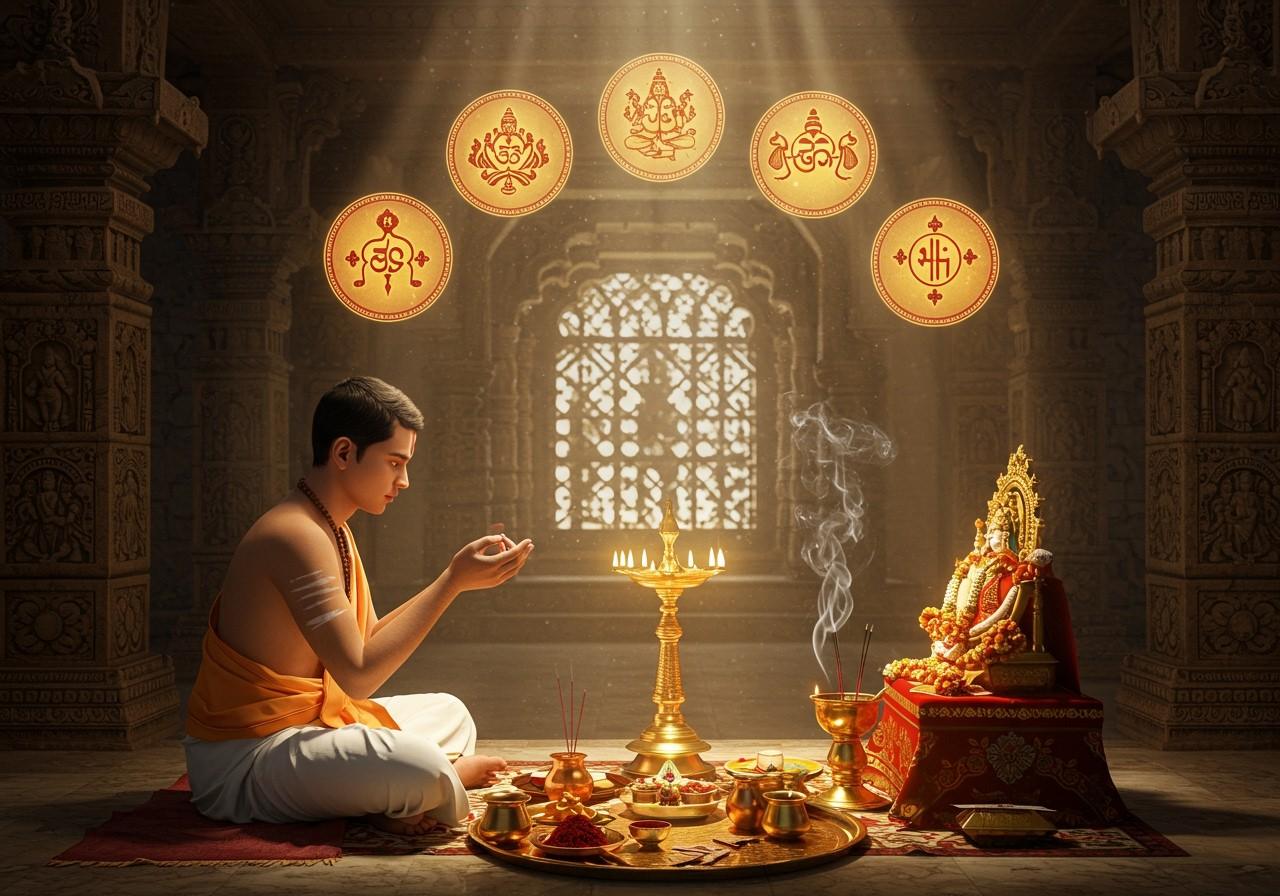
Understanding ‘Anga’: A Journey into Indian Culture and Spirituality
The term ‘Anga’ offers a glimpse into the rich tapestry of Indian culture and spirituality. This word resonates deeply within various languages and practices across India. For those seeking to connect with tradition, understanding the roots of ‘Anga’ unveils a deeper appreciation for authentic rituals and holistic well-being.
What is the Meaning of Anga?
Derived from Sanskrit, ‘Anga’ fundamentally means “limb,” “body part,” or “component.” This term extends beyond the physical, encompassing essential parts of a whole, symbolizing balance and completeness in traditional practices. This concept is prevalent in many Indian languages, including Hindi and Tamil, often retaining its core meaning. It highlights the interconnectedness of different elements contributing to a unified whole.
Anga in Hindu Rituals
Within Hindu rituals, ‘Anga’ plays a crucial role. Specific body parts (angas) are associated with particular rituals, symbolizing the flow of spiritual energy. For instance:
- Aarti: The act of waving lighted lamps before deities involves the hands (angas), signifying an offering of light and reverence. This ritual connects the physical act with spiritual intention, creating a powerful symbolic gesture.
- Tilak: Applying a mark on the forehead engages this specific body part (anga) to invoke blessings and protection. The tilak represents a connection to the divine and serves as a reminder of one’s spiritual identity.
Poojn.in offers a wide selection of items for Hindu rituals, including diyas for aarti and various materials for tilak application. Explore our collection to enhance your ritual practices.
Anga in Yoga
In the realm of yoga, ‘Anga’ takes on profound significance. Ashtanga Yoga, often referred to as “eight-limbed yoga,” emphasizes the integration of eight distinct aspects (angas) for spiritual growth and self-realization. These eight limbs are:
- Yama: Ethical restraints and moral principles guiding interactions with the external world.
- Niyama: Observances and self-discipline practices for inner purification and growth.
- Asana: Physical postures that cultivate strength, flexibility, and balance, preparing the body for deeper practices.
- Pranayama: Breath control techniques that regulate vital energy (prana) and enhance mental clarity.
- Pratyahara: Withdrawal of the senses from external distractions, fostering inward focus and concentration.
- Dharana: Focused concentration on a single point or object, training the mind for deeper meditation.
- Dhyana: Meditation, a state of sustained awareness and contemplation, leading to inner peace and insight.
- Samadhi: A state of blissful absorption and union with the divine, the ultimate goal of yoga.
Deepen your yoga practice with resources and products available at Poojn.in. Learn more about Yoga and Ayurveda.
Anga in Tamil Traditions
‘Anga’ holds cultural weight in Tamil traditions, appearing in literature, rituals, and artistic expressions. It often relates to body parts or essential elements, emphasizing the interconnectedness of physical and spiritual aspects of life. In Tamil folk rituals and classical dance forms like Bharatanatyam, each movement (anga) carries symbolic meaning, preserving and transmitting cultural narratives through generations.
Anga in Modern Application
Today, the concept of ‘Anga’ finds renewed relevance in holistic wellness practices. Traditional systems incorporating ‘Anga’ are being adapted and integrated into modern yoga, Ayurveda, and other alternative therapies. The growing interest among younger generations in exploring their cultural roots is revitalizing these practices, enriching contemporary lifestyles with ancient wisdom. Poojn.in supports this resurgence by providing access to authentic products and resources that promote holistic well-being. Discover the power of ancient Hindu practices at Poojn.in.
Conclusion
Understanding ‘Anga’ provides a deeper connection to the rich traditions of Indian culture and spirituality. This term, with its multifaceted meanings, bridges languages and practices, from Hindu rituals to yoga and Tamil customs. By appreciating the concept of ‘Anga,’ we gain insight into the importance of balance and completeness in our rituals and daily lives. Embracing these traditions, while benefiting from modern applications, allows us to preserve and transmit our cultural heritage with respect and authenticity.


